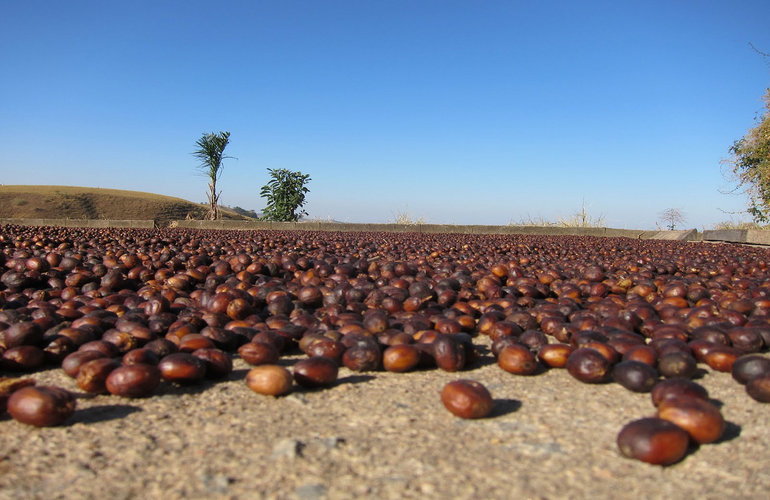Whenever we travel, we make sure to hit up the coffee places in the area. And we’ve noticed similar taste trends across regions! But what do we mean by that?
With the past two articles, we hope we’ve given you a simple enough introduction to how to taste coffees. Perhaps the next time you visit a specialty coffeeshop with a friend, you could try getting coffees that were made with different varieties of beans. Even when a lighter roast is placed against a darker roast, the differences in flavor, acidity and body can be quite stark. Don’t be afraid to ask the brewer what ratios he or she used either!
We’ve seen a movement towards coffees that are cleaner and brighter, characterized by a preference of coffee shops to sell African coffees. In particular, Ethiopian Yirgacheffe coffees (from the Yirgacheffe region in Ethiopia), characterised mostly by their bright lemon scents and clean floral flavor, have become poster boys for quality specialty coffee.
As much as we might like Yirgacheffe coffees and often sing praises about them, there is a key principle about coffee that we like for readers to keep in mind: coffee preference is pretty much a subjective issue. There is a cornucopia of coffees out there, varying in acidity, body, aroma and roast level, and one man’s meat is going to be another man’s poison, to use a very unfortunate idiom. We really like coffee that is bright and really light bodied! However, many of our friends would rather not touch citrusy coffees, preferring nutty and medium bodied coffees. That’s perfectly fine.
To take a more extreme example, a mineral salt flavor is often noted as a defect from poor processing methods. The beans pick up minerals and salts as they are dried on the ground instead of on patios or tables. An umami flavor (the flavor that comes gives chicken broth its oomph) is also usually considered to be a defect. However, there are people who do appreciate such flavors in their coffee! James knows a coffee roaster who loved the robust umami flavors of one of her coffees from Bolivia. Indeed, a Rioy flavor (harsh flavors, usually coming from the Rio de Janiero region) used to command a price premium but is now considered to be a defect.

Poor processing may cause defects to appear. Photo from www.coffeeculture.dk
What we really want to do here is not to push for any sort of coffee to be regarded as the ‘best coffee’. Instead, we want to develop an awareness of coffee, a mindfulness about coffee drinking. Explore the huge selection of different types of coffee out there and make an informed decision; there’s no point hating on coffees without trying them, nor is there really a point in telling your friends what the “perfect” coffee should taste like.
Go out there, drink some good coffee, but don’t be hating on a friend who prefers a darker roast than you do!

